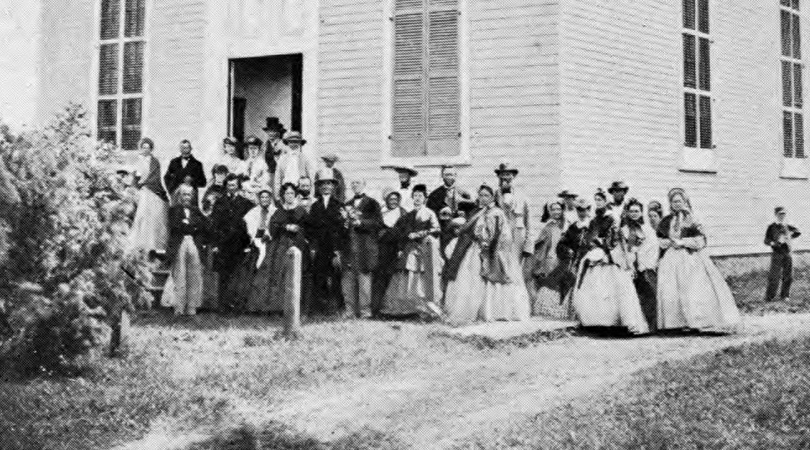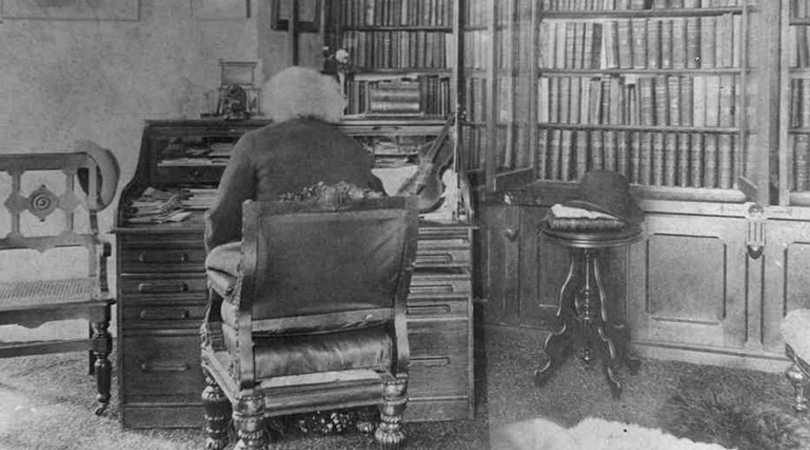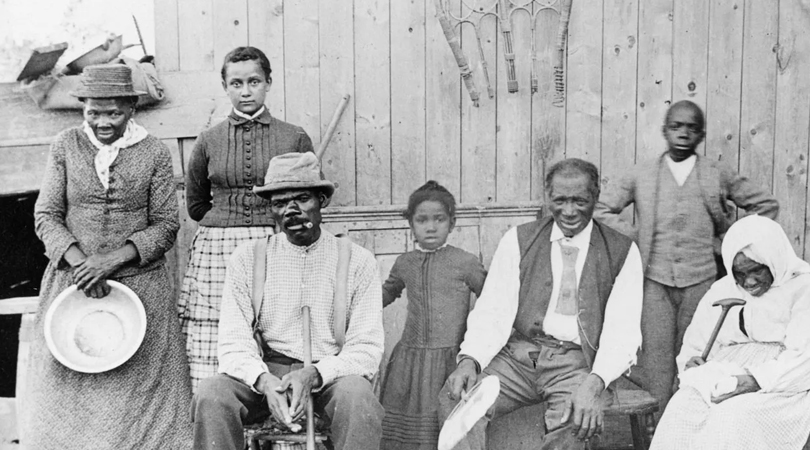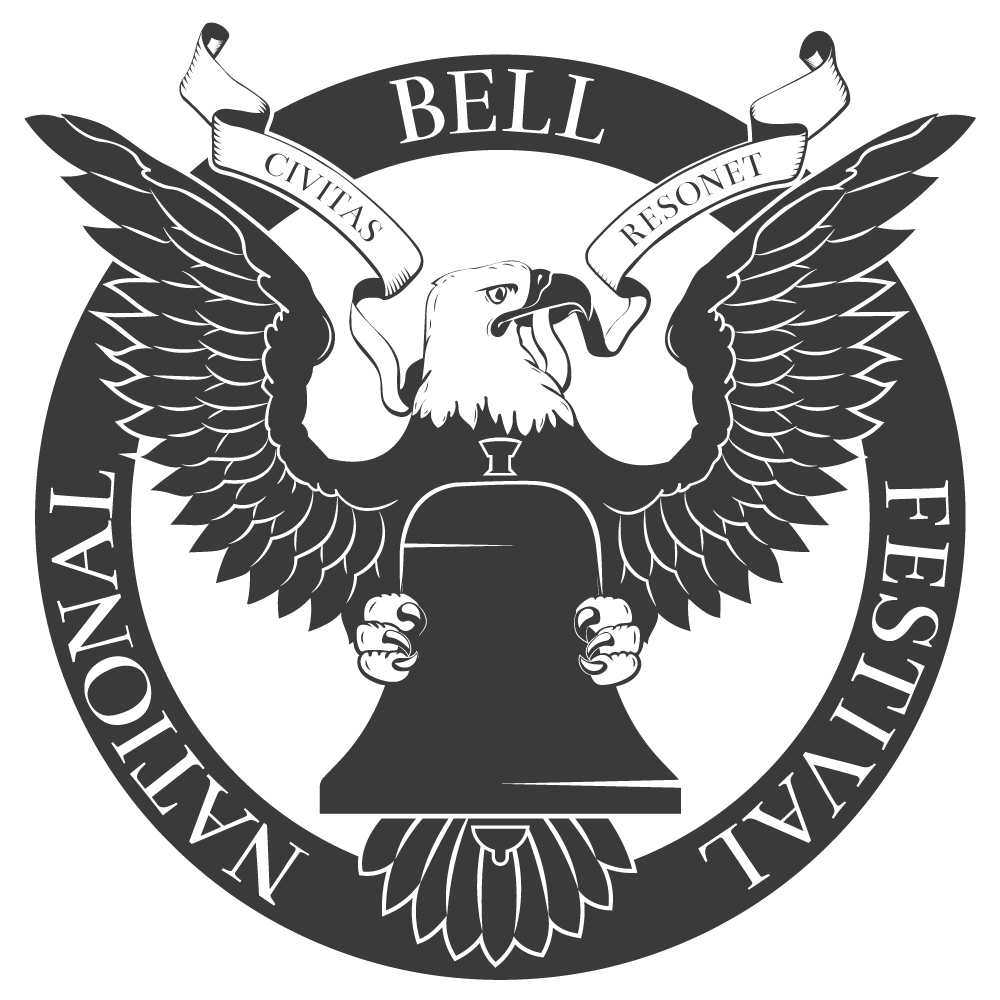Criteria for inclusion
How do you distill countless individuals across centuries of American history into a short list of names to cast into bronze? We approached the challenge with respect and attentiveness. First, we defined abolitionism as the movement to end slavery and an abolitionist as anyone who worked to effect that change through one or more of the following activities:
- Publisher, editor, or author of a newspaper, journal, pamphlet, article, or book
- Public speaker, orator, or educator
- Politician, religious leader, or community organizer
- Philanthropist or donor to the antislavery movement
- Contributor to the Underground Railroad or a vigilance committee
- Founder or member of an abolitionist organization
We then established a set of criteria against which potential abolitionists could be examined. Foremost, we wanted to highlight incredible Black abolitionists whom historical discussions so often neglect. White abolitionists generally had fewer barriers and more resources in their work. Abolitionists considered for inclusion in the 52 carillon bells:
- Must have been alive and campaigning prior to January 1, 1863, when the Emancipation Proclamation was signed.
- Must be Black.
- Must be an active campaigner for abolition, not reactive or passive.
- May be couples, families, or groups; not just individuals.
- May have espoused violence as a means to an end.
- Must not have focused their work on emigration (resettlement of former slaves to colonies in Africa or the Caribbean).
Abolitionists considered for inclusion in the 12 peal bells:
- Must have been alive and campaigning prior to January 1, 1863, when the Emancipation Proclamation was signed.
- Must be non-Black.
- Must be an active campaigner for abolition or someone who facilitated Black abolitionists’ work.
- May be couples, families, or groups; not just individuals.
- Must not have focused their work on emigration.
Couples and siblings who most often worked together on antislavery causes are featured on the same bell. Those who had independent abolitionist achievements are apart.
It was important to us as an organization that the abolitionists selected should come from all corners of America, not just abolitionist centers like Philadelphia, New York, and Boston. We wanted a close parity of men and women represented in the Emancipation Bells and particularly sought abolitionists who coupled antislavery activities with demands for racial equality and justice.
With these parameters in place, we then invited the public and select organizations to nominate abolitionists, while researching and compiling our own set of names for consideration. A dedicated working group within the Emancipation Bells Campaign Cabinet made the final abolitionist selections with input from historian contributors and abolitionist scholars.
Throughout the process, the National Bell Festival received invaluable direction from notable historical organizations, including the National Abolition Hall of Fame and Museum, the Historical Society of Pennsylvania, and the National Women’s History Museum.
Image: Frederick Douglass in his study at Cedar Hill. Courtesy: National Park Service, Museum Management Program and Frederick Douglass National Historic Site.



